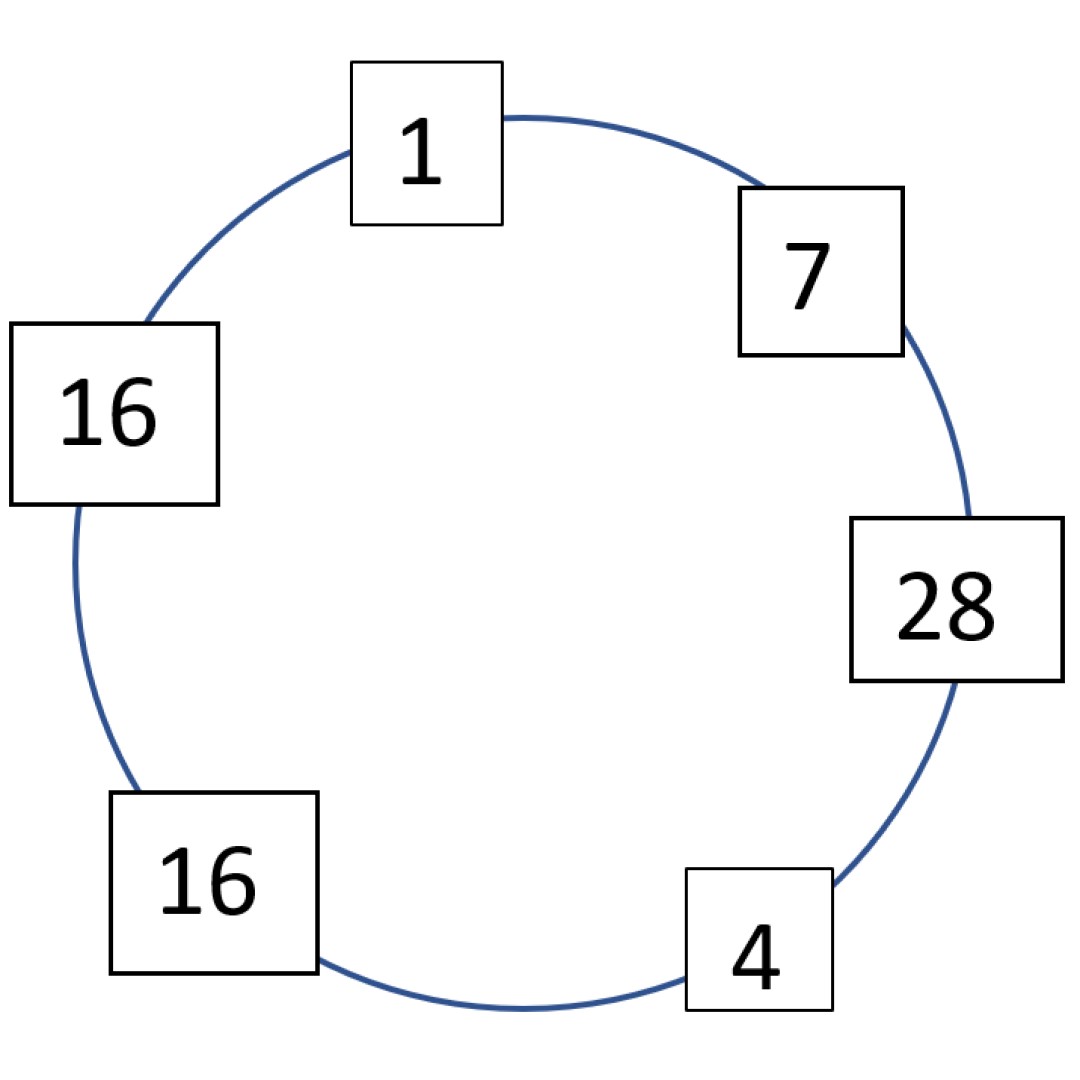What maths shall we do with Year 6 this term?
We’ve gathered suggestions about preparing pupils for transition in this disrupted year
17/05/2021

Teachers and pupils may welcome the relief from SATs pressure this year, but what to do with Year 6 instead? Many of the usual trips and activities that fill a Year 6 summer term may be unavailable this year. This cohort has had both this year and last disrupted by Covid. So how can we best prepare them for maths in their secondary schools in the remaining weeks? And how can we help secondary schools prepare for new arrivals in September?
We listened in on a couple of NCETM Tuesday evening #mathscpdchat Twitter discussions to find out what teachers are thinking about the end of primary school for their Year 6s this year. And we’ve pulled out some interesting discussions and useful resources.
More, less or the ‘usual’ amount of maths
Are teachers teaching a ‘usual’ amount of maths this summer term? In addressing this question, most teachers in the recent discussion What are your maths teaching plans for the rest of this term? agreed that they are teaching maths as much as usual. However, the discussion addressed whether there is a need to slow down and focus on the most important building blocks, to reinforce children’s confidence and fill in any gaps from missed schooling in Year 5 and 6. One teacher said she was doing this by using fewer representations so as not to overwhelm pupils. Someone else suggested that there would not be so much time for extended problem-solving so that secondary teachers might have to pick up more of this than usual.
The NCETM classroom PowerPoint slides exemplifying the ready-to-progress criteria was a resource suggested to focus teaching.
Building transition information
The absence of SATs data this year means that secondary schools may welcome alternative information about what their new pupils have covered in maths. It also gives an opportunity to provide much more rich and meaningful information than might be gained from SATs results. Despite the complications of multiple destination/feeder schools, many schools are working together to improve communication of maths transition information. The NCETM Curriculum Prioritisation materials can help to focus on the most important topics and structure the information to give a picture of your cohort’s maths experience.
Some secondary teachers, in another discussion, Transition in a year without SATs, said that they welcomed the lack of SATs data last year as it gave an opportunity for Year 7 students to begin afresh as mathematicians, and made Year 7 staff think more deeply about building knowledge for all. They said it would be helpful for transition information to include how well topics had been covered, for example, in class, or at home in lockdown. They also emphasised the importance, in providing continuity across the transition, of knowing how topics had been taught and the representations used in primary lessons.
What about activities?
One participant mentioned discussing the usefulness of fraction bars with secondary colleagues in a Maths Hub Years 5-8 Continuity Work Group meeting. The chat discussion unearthed the lovely NRICH Chocolate activity, and Fraction stories: Multiple Representations
from Starting Points Maths, as a way of helping children to connect fractions and division. There is also an article, Fractions as division by Doug Clarke, on developing this concept.
Number circle was also suggested:
Pupils start by typing a number into their calculator, then divide or multiply to get the next number on the track. The contributor commented:
‘It is extremely interesting with the same number side-by-side, or with 1. The best part is that it is a continuous circle so they have to get back to the starting number.’
Any other useful suggestions from secondary colleagues, for Year 6 teachers to be aware of?
- It’s helpful if pupils have developed confidence to leave answers as fractions rather than feeling that they need to give the decimal
- It’s helpful for pupils to be confident using a calculator (MEI's Get Calculating resources can help here)
- ‘Working out’ and processing of maths on paper is not always perfect – it’s good for pupils to know it’s OK to make mistakes
- Writing is mostly done in pen at secondary school, and joined-up writing is not required!
